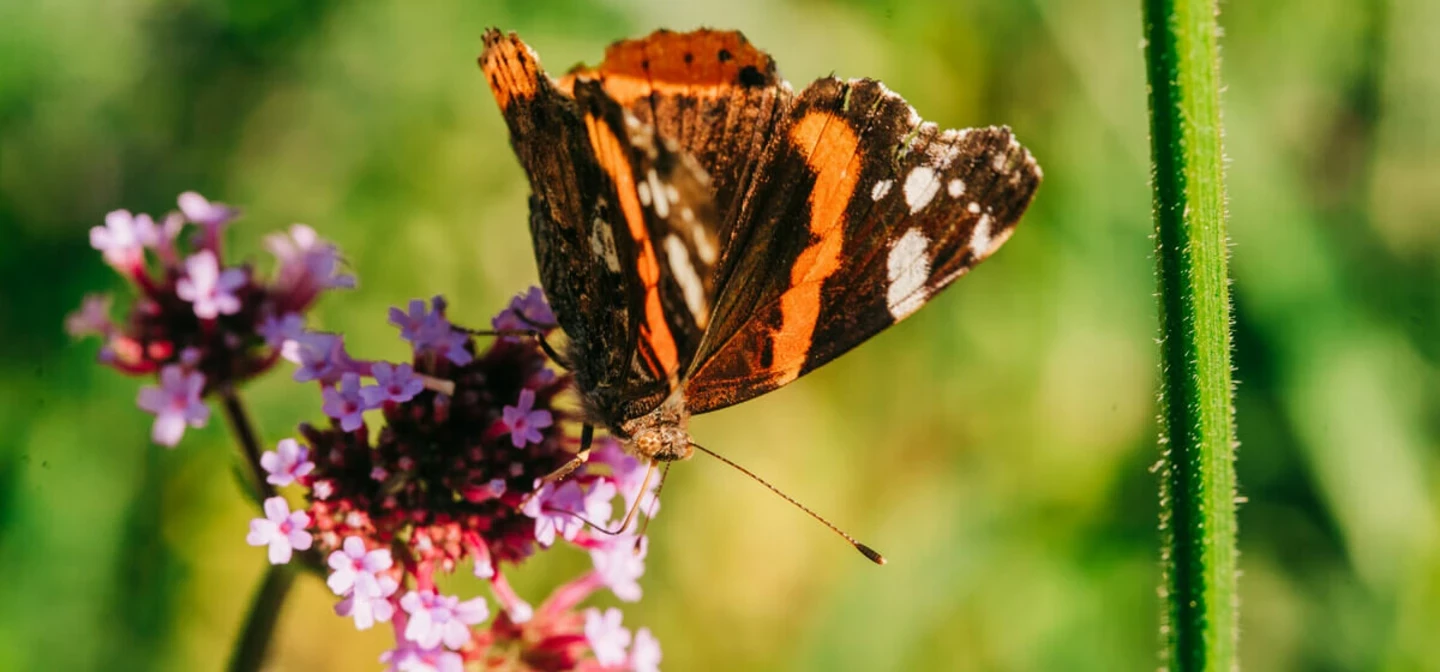
Explore the Royal Parks with Help Nature Thrive's bug trails
The Royal Parks are great places to connect with nature. These self-led walks in the central Royal Parks will help you discover more about our conservation initiatives and introduce you to some of the parks smallest inhabitants - the invertebrates.
Thanks to the wonderful players of Peoples Postcode Lottery, our Help Nature Thrive project is dedicated to conserving and enhancing biodiversity across the parks, through habitat creation work - things like pollinator meadows, bee banks, bug hotels, loggeries and aquatic engineering - all of which provide places for invertebrates and other wildlife to shelter, forage and nest.
Ladybird Trail
The Ladybird Trail is a short trail for little legs, discovering marvellous minibeasts and their habitats along the way.
The walk takes place along the North Flower Walk in Kensington Gardens, starting at the Italian Gardens Café. There are lots of invertebrate-themes sculptures along the way, which your little ones are welcome to play on.
After your walk, visit the Buck Hill Playground a few minutes away, or take our longer route around the Serpentine on Water Beetle Walk.
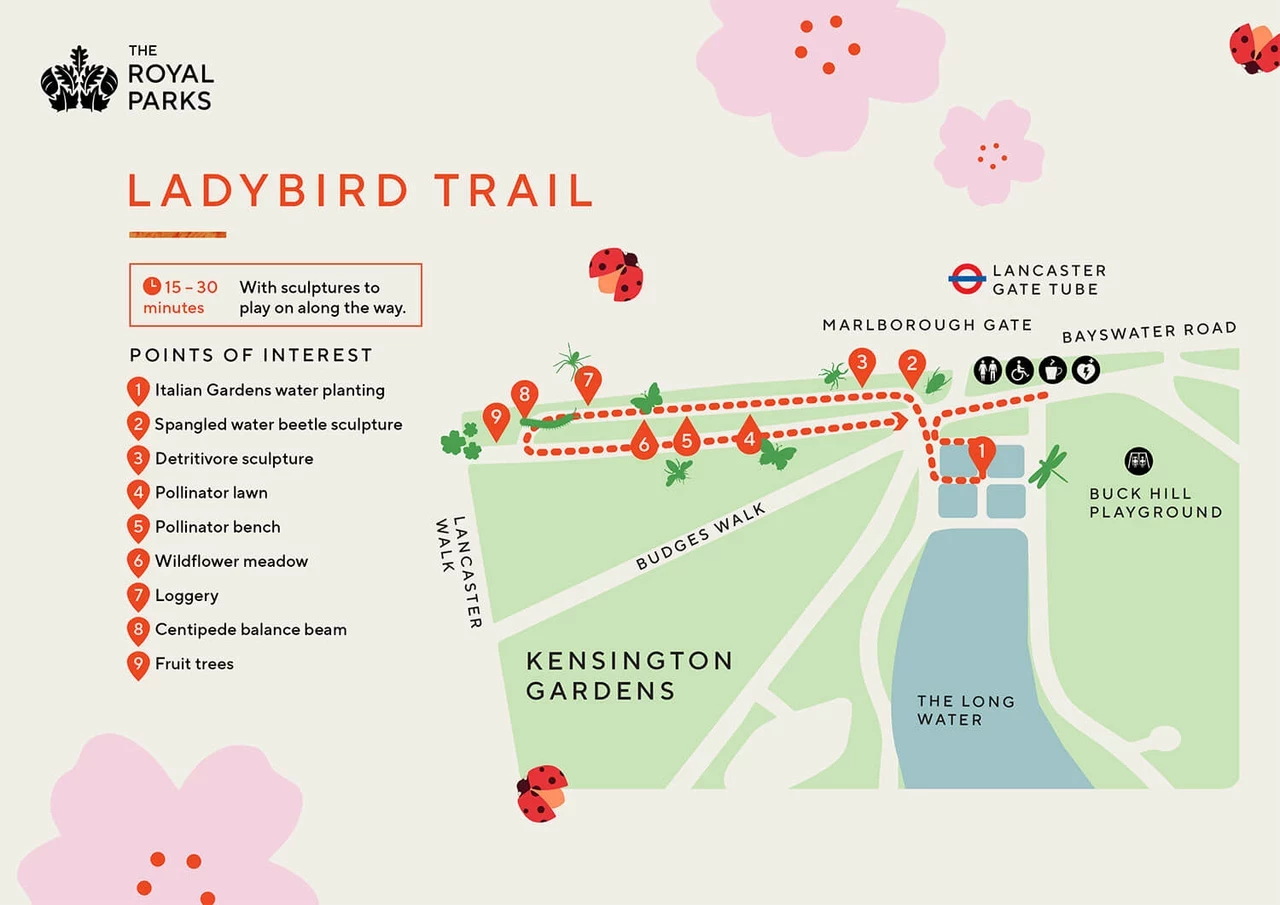
Water Beetle Walk
The Water Beetle Walk is an entry-level amble of around 40 minutes.
We’ll take a stroll around the Long Water in Kensington Gardens, looking at the role invertebrates play in the ecosystems of the Royal Parks as pollinators, recyclers, pest controllers and food for park wildlife.
The walk forms a loop – we’ve started and finished at the Italian Gardens Café (nearest tube Lancaster Gate), but you can join the route at any point.
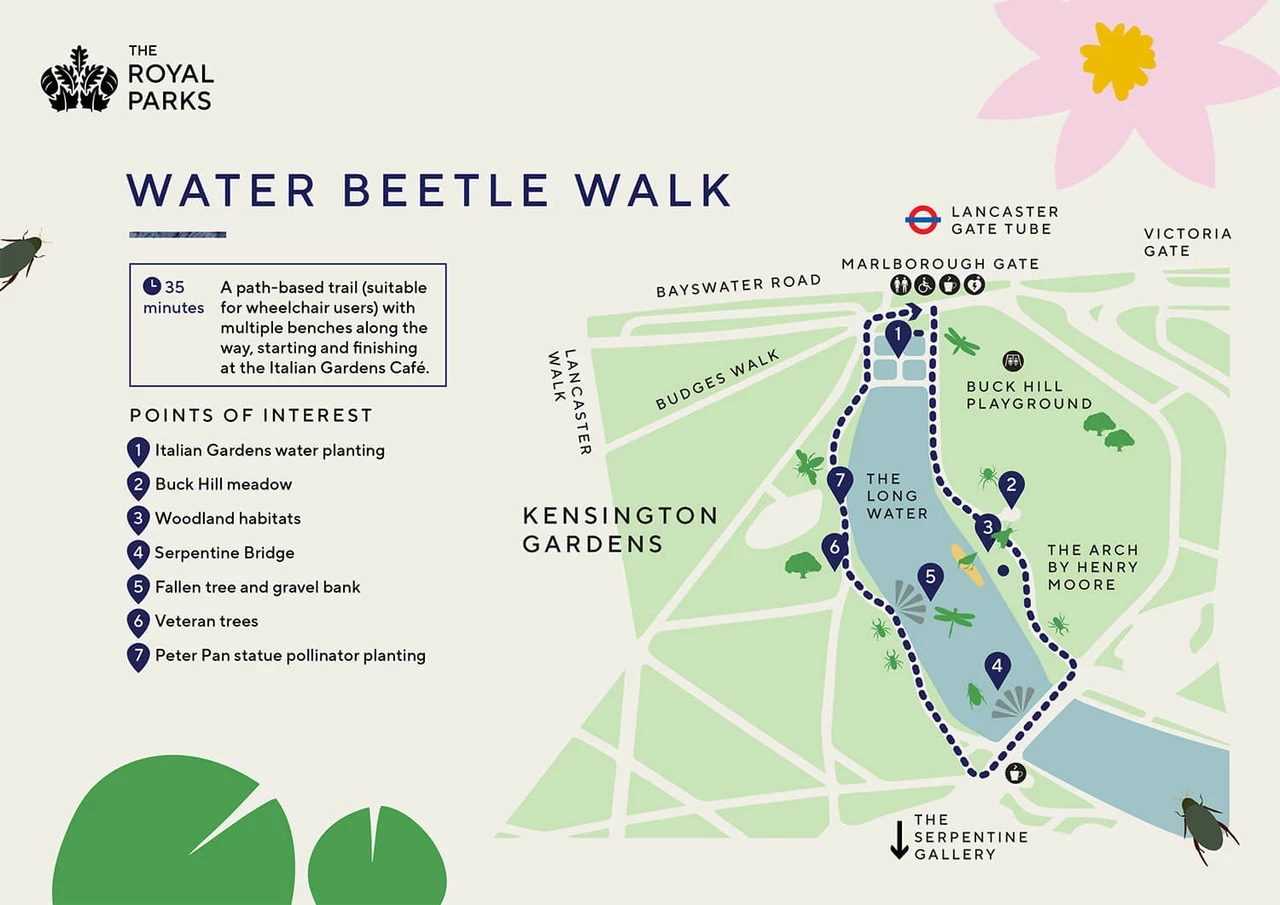
Hoverfly Hop
Join us on The Hoverfly Hop - a self-led stroll through one of London's best-loved green spaces; St. James's Park.
Discover our pollinator habitats, green roof and wildlife refuges and discover some of our water-dwelling animals too.
The walk will take around 40 minutes, and starts and finishes by the St. James's Café. For families with young children, St. James's Playground is an optional stop halfway around the trail.
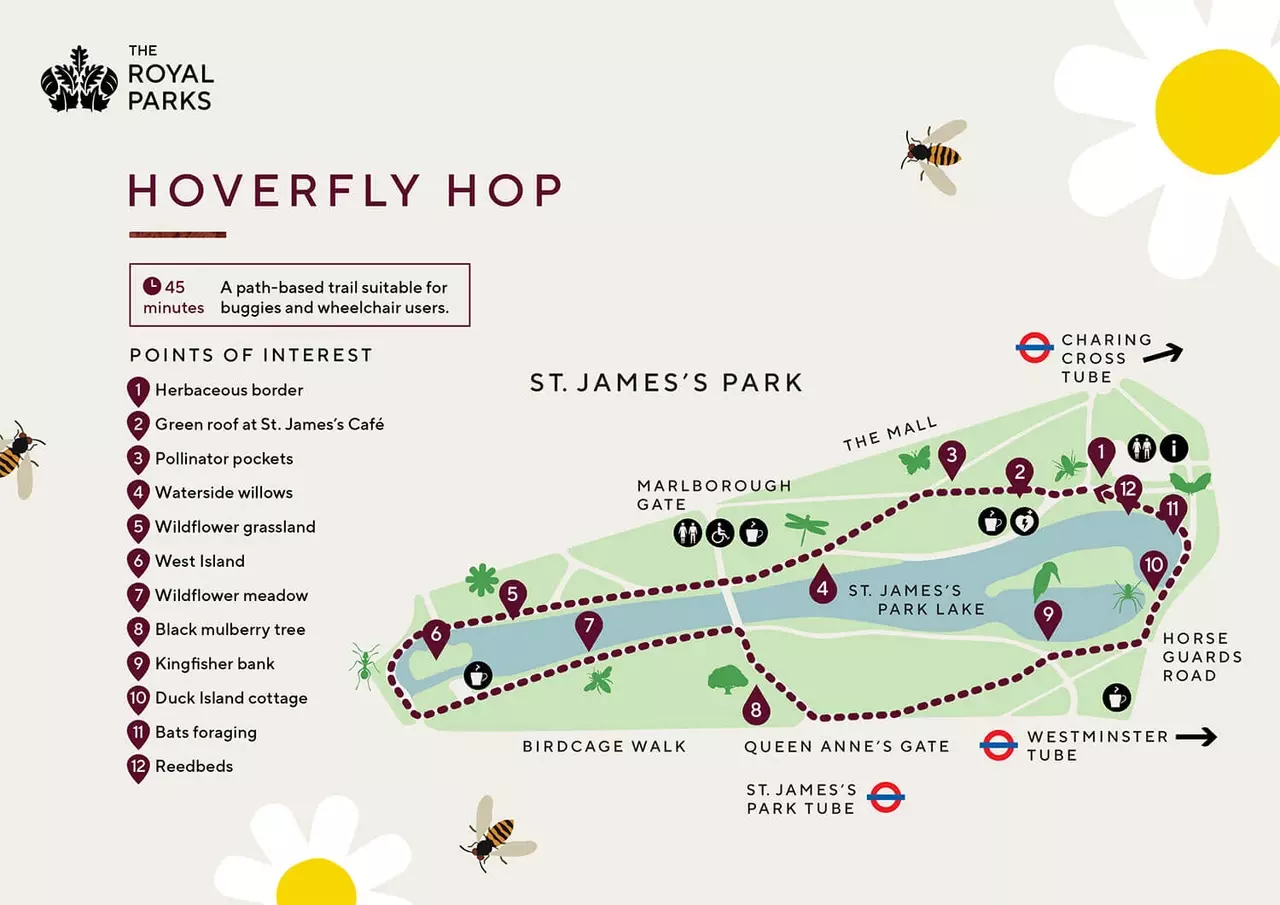
Bee Walk
Buzz through The Regent's Park and immerse yourself in the world of invertebrates along the Bee Trail.
The Regent's Park has a wide range of wildlife habitats, from reedbeds to bee banks - join our self-led walk to find out more. The trail takes around 45 minutes to complete, and is path-based, so suitable for buggies and wheelchair users.
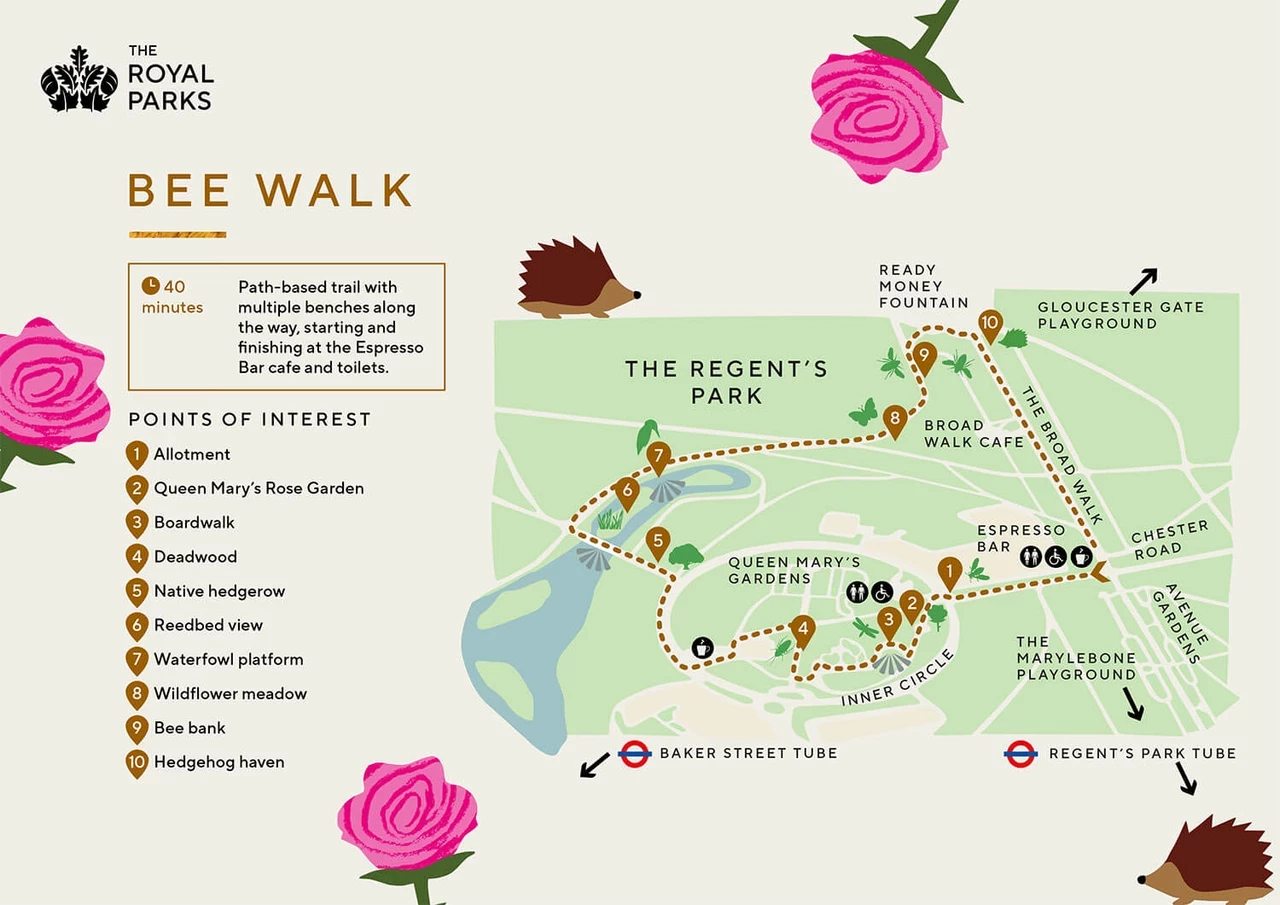
Caterpillar Crawl
The Caterpillar Crawl is a leisurely stroll around The Green Park. Discover our meadow, scrub and tree habitats, and meet some of the invertebrates who live there.
The trail takes around 40 minutes to complete, and is predominantly path-based, so most stops are suitable for buggies and wheelchair users. One stop requires walking over grass for a closer look. The trail starts and finishes at the Kiosk near to Green Park tube station.
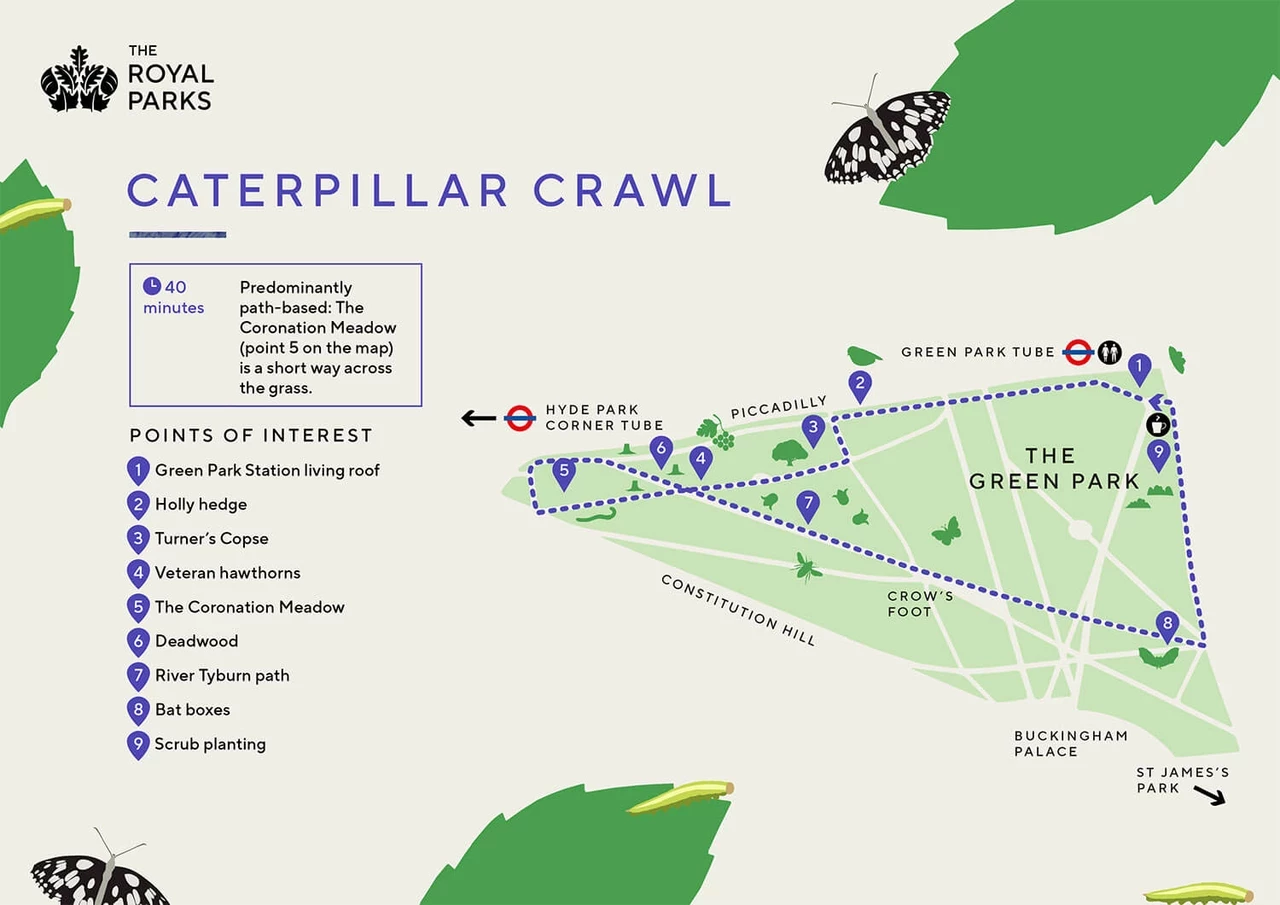
Dragonfly Trail
The Dragonfly Trail is a wider ranging ramble through Hyde Park, taking around 1hr 10 minutes.
Visit grassland, woodland and freshwater habitats and discover how invertebrates help to keep the parks blooming and their habitats healthy for people and wildlife. Look out for our invertebrate sculptures, that have been carved from fallen trees.
Like Water-Beetle Walk, the trail forms a loop - you can walk part of the trail and return to the rest another day if you only have time for a short stroll!
Unless otherwise stated above, trails can be completed on pathways, so are suitable for buggies and wheelchair users.

Spider Stroll
The Spider Stroll is a loop trail inside the historic Brompton Cemetery designed to take you on a journey to unearth the hidden world of invertebrates. Along the way, you will discover precious anthills, meadows, and many other habitats.
The trail takes around 30 minutes to complete, and is path-based, so suitable for buggies and wheelchair users.
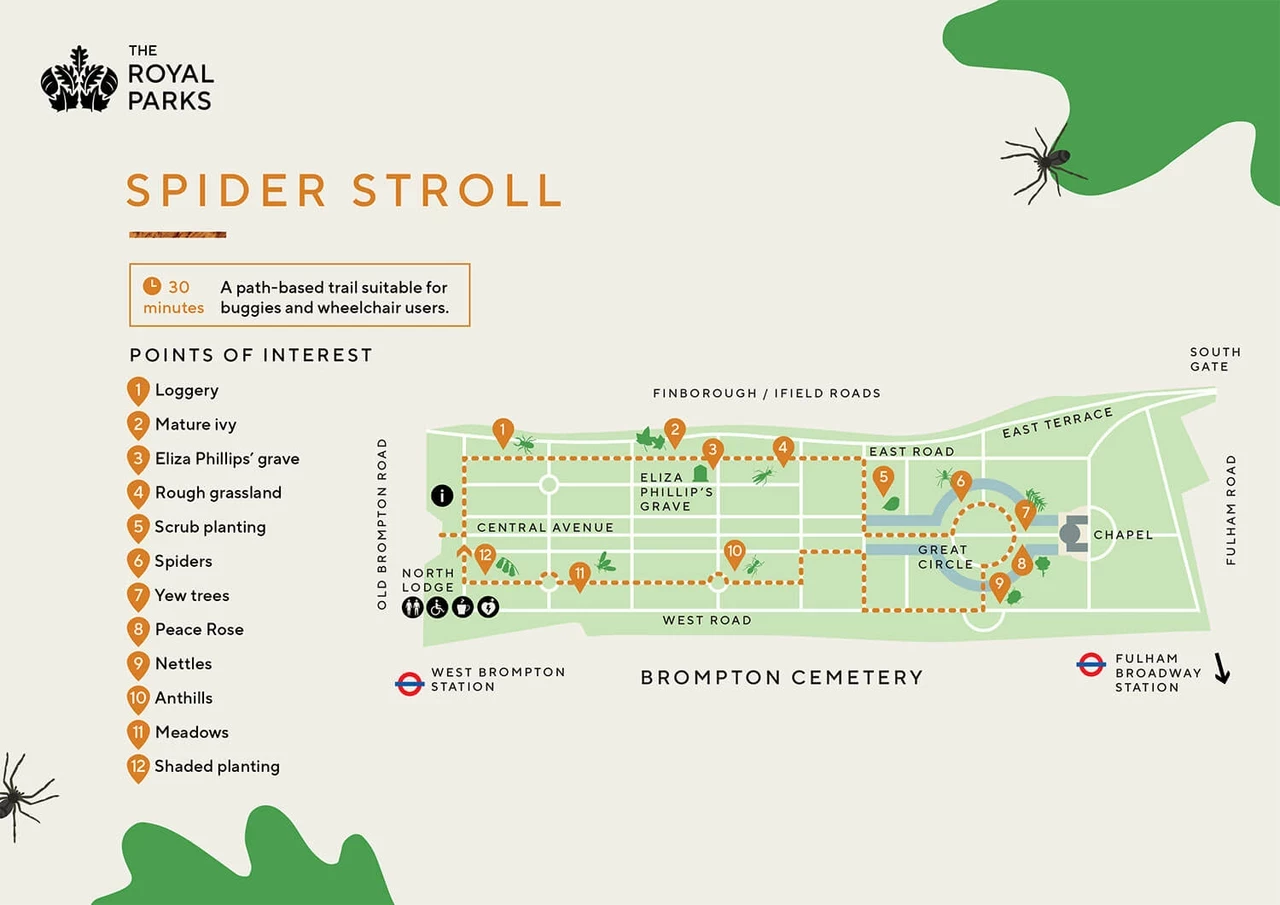
Related Articles
-
 Listen
ListenBugs of the Royal Parks
Discover the wonderful world of the minibeasts we call invertebrates.
-
 Read
ReadDiscover the dung beetles of Bushy Park
Discover the life of Dung Beetles in Bushy Park. Learn how to join the Dung Beetle Discovery Project at the Royal Parks.
-
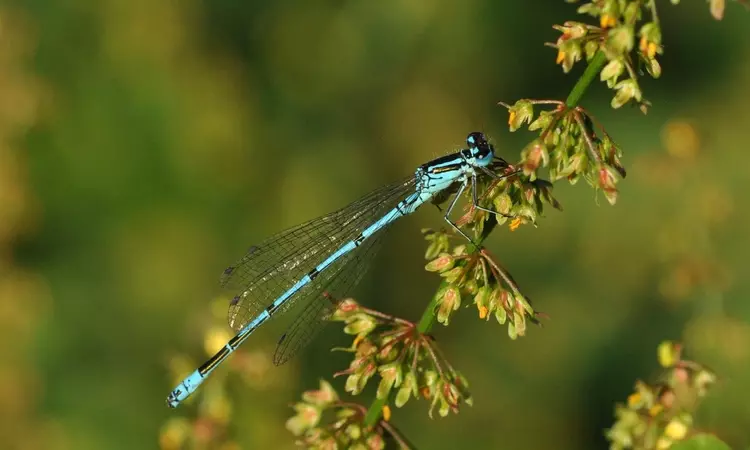 Read
ReadWorking with wildlife in the heart of the city
We’re working hard to provide the best environment for wildlife across London’s eight Royal Parks. Here’s a look at the work we do and why we do it.